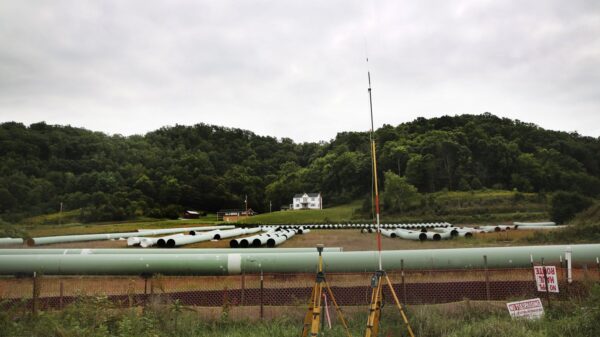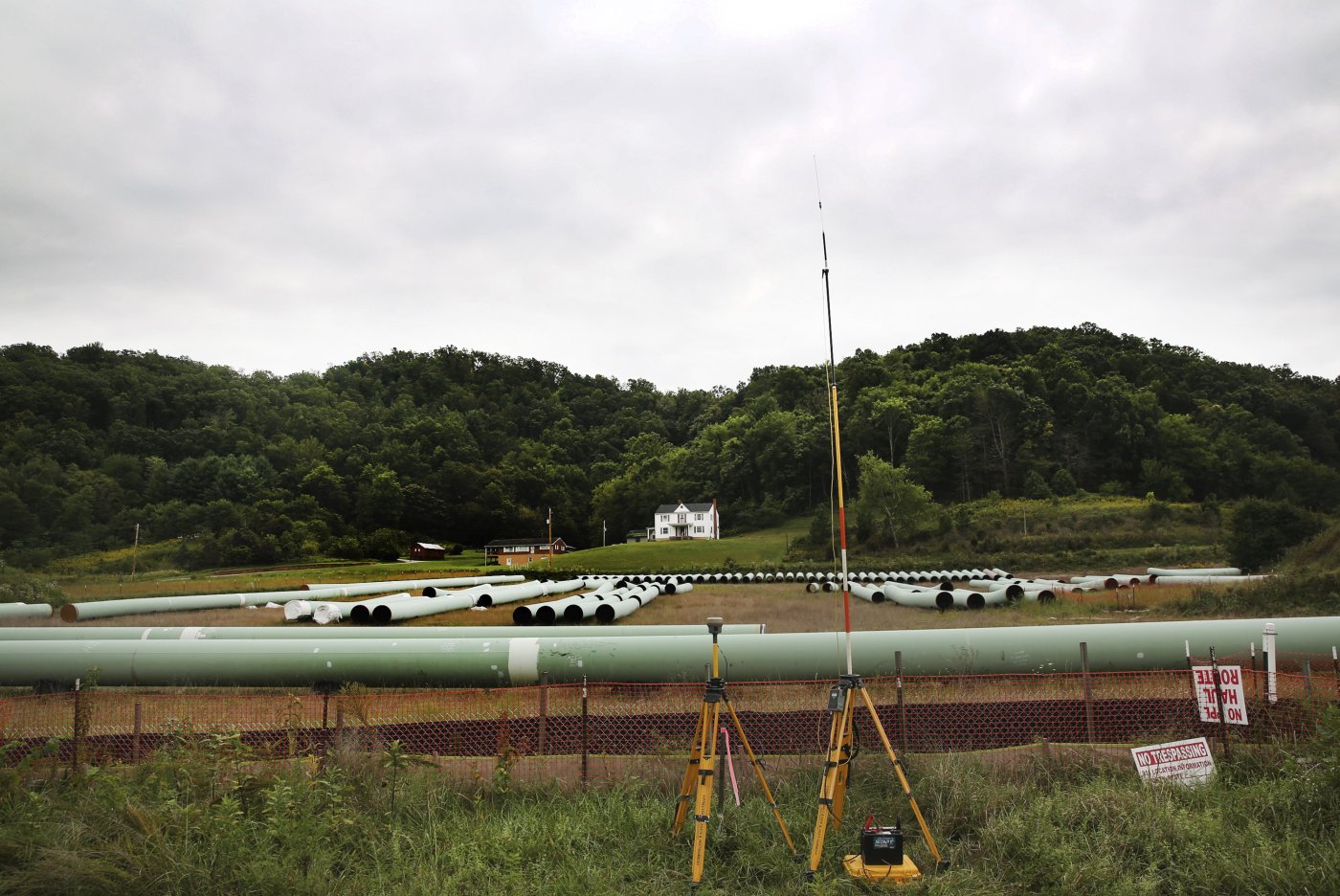The recent advancement of the SPEED Act in the U.S. Congress marks a significant step toward achieving energy independence for the nation. This legislation aims to streamline the federal permitting process, addressing the inefficiencies that have historically hindered the development of crucial energy infrastructure. Advocates argue that reducing bureaucratic obstacles will accelerate the construction of pipelines, transmission lines, and generation projects, which are vital for American families and businesses.
Streamlining Energy Infrastructure
Supporters of the SPEED Act emphasize that the current permitting process has been bogged down by outdated regulations and unnecessary delays. These hurdles have affected the nation’s ability to modernize its energy infrastructure, a necessity for meeting the growing demands of the 21st century. Proponents assert that this legislation will ensure federal agencies operate with greater efficiency and transparency.
“This reform isn’t about partisanship,” stated Thomas Turner, a representative from Conservatives for Clean Energy Virginia. He highlighted that the act focuses on enhancing national security, protecting consumers from rising energy costs, and ensuring a reliable energy grid. Turner expressed gratitude for the leadership of U.S. Representative Jen Kiggans, who has advocated for policies that reduce red tape and promote domestic energy production.
Impact on National Security and Consumers
The implications of the SPEED Act extend beyond energy production. By streamlining the permitting process, it aims to bolster the resilience of the electric grid, ensuring it can handle increased demands and potential disruptions. Advocates believe that a more efficient permitting process will ultimately benefit consumers by stabilizing energy prices and promoting competition among energy providers.
As the holiday season approaches, many in the energy sector express a renewed sense of optimism regarding the future of U.S. energy policy. The passage of the SPEED Act represents a commitment to prioritizing American innovation and energy independence, a goal that resonates with many citizens as they reflect on the importance of a reliable energy supply during this time of year.
In conclusion, the advancement of the SPEED Act is seen as a pivotal moment for the future of America’s energy landscape. It reflects a collective effort to simplify processes and enhance the nation’s energy capabilities, ultimately benefiting both consumers and the economy. As discussions continue around energy policy, the focus remains on practical solutions that support growth and sustainability in the energy sector.


































































